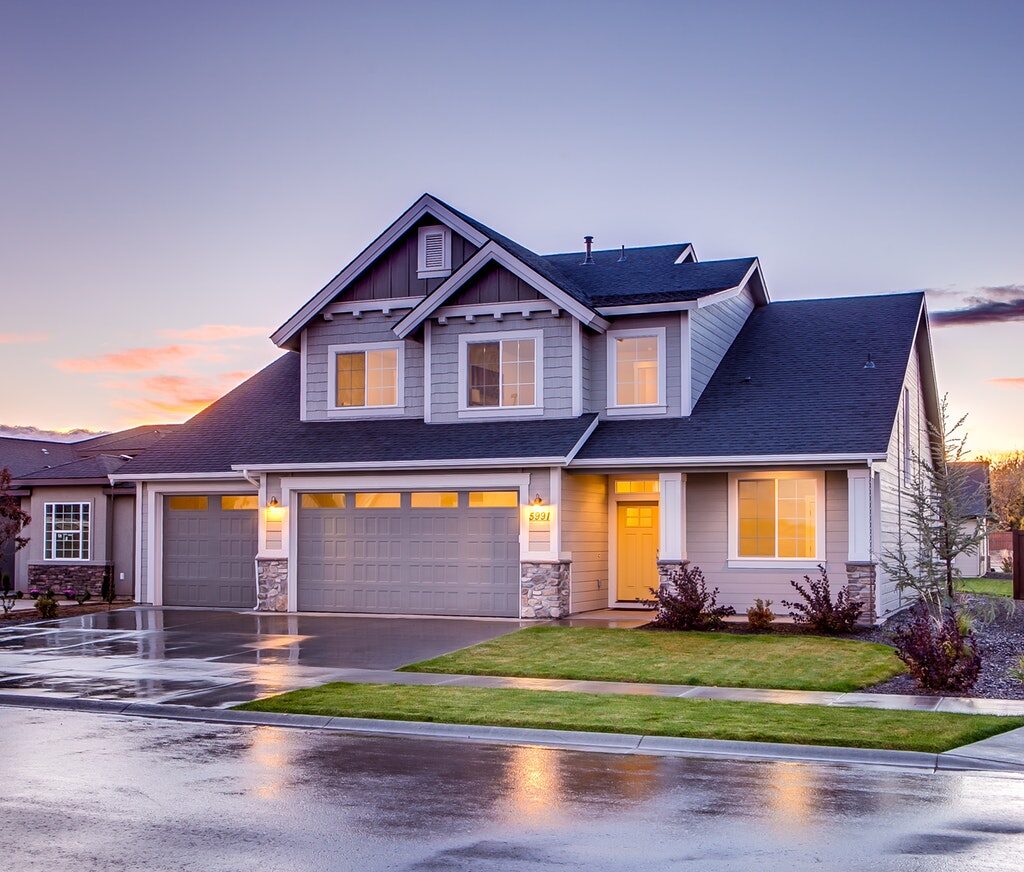Everything You Need to Know About Building Permits in Utah
If you’re planning a construction or renovation project in Utah, obtaining the necessary building permits is a crucial step. Whether you’re building a new home, remodeling a bathroom, or adding a deck, understanding Utah’s building permit process will help you avoid legal issues and ensure your project is safe and compliant with local regulations. In this guide, we’ll walk you through the basics of building permits in Utah, why they matter, and how to navigate the process.
What Is a Building Permit?
A building permit is an official approval issued by local government authorities that allows you to begin construction, remodeling, or significant alterations on your property. It ensures that the work is in compliance with Utah’s state and local building codes, zoning laws, and safety standards. In Utah, building permits are generally required for most major construction projects, and failure to obtain the proper permits can lead to fines, delays, and legal complications.
Why Are Building Permits Important in Utah?
Building permits serve multiple important purposes:
- Safety: Permits ensure that construction projects meet the required safety standards, protecting both the people working on the project and future occupants.
- Compliance with Building Codes: Building codes are designed to ensure structures are stable, safe, and energy-efficient. A permit helps ensure your project meets these requirements.
- Legal Protection: Without the proper permits, you could be fined, forced to undo the work, or face legal challenges. Permits are often necessary when selling or insuring a property.
- Property Value: Properly permitted work is an asset when it comes to selling your home or securing insurance coverage. Work completed without permits could affect the value and marketability of your property.

When Do You Need a Building Permit in Utah?
In Utah, building permits are typically required for various types of construction projects, including:
- New Construction: Building a new home, commercial building, or other structures requires a permit.
- Additions and Expansions: Adding rooms, additional floors, or new structures like garages or sheds typically requires permits.
- Major Renovations: Significant changes to the structure, layout, or systems of a building—such as removing or adding walls, upgrading electrical systems, or replacing plumbing—require permits.
- Demolition: Demolishing part or all of a building will usually require a permit.
- Pools and Spas: Installing a swimming pool or spa requires a permit to ensure proper safety and zoning compliance.
- Fencing, Decks, and Other Outdoor Projects: In many cases, even outdoor projects like building a fence or deck require permits. Local regulations can vary, so it’s essential to check before starting.
- Electrical, Plumbing, or HVAC Work: Major electrical, plumbing, and HVAC work typically requires a permit, especially if it involves changes to the system or installation of new equipment.
Minor projects like painting or installing minor fixtures may not require permits. However, it’s always a good idea to double-check with your local building department to be sure.
How to Obtain a Building Permit in Utah
- Check Local Requirements Each city or county in Utah may have different permit requirements and procedures. Before starting your project, visit your local building department’s website or contact them directly to understand what’s needed for your specific project. This can include the application process, required fees, and necessary documents.
- Prepare Your Application and Plans To apply for a building permit, you’ll need to submit a detailed application. This application will usually require:
- Project details: A description of the work you plan to do.
- Construction plans: You may need to provide detailed drawings or blueprints of the project, including site plans, floor plans, and any structural changes. For complex projects, an architect, engineer, or contractor may need to prepare these plans.
- Other documents: Depending on your project, you may need additional documents, such as energy compliance reports or structural calculations.
- Submit the Application Once your application and documents are ready, submit them to your local building department. Be prepared to pay an application fee, which can vary depending on the project’s scope and location.
- Application Review and Approval After submission, the building department will review your application to ensure it meets all local building codes, zoning laws, and safety standards. This review process can take anywhere from a few days to a few weeks, depending on the complexity of the project and the workload of the department. If there are any issues with your plans, the department will notify you and request revisions.
- Receive the Permit Once your plans are approved, you’ll be issued a building permit. The permit will typically need to be displayed at the job site for the duration of the project. This shows inspectors and others that the project is authorized and meets legal requirements.
Inspections During the Project
Once you begin construction, you will likely need to schedule inspections at various stages of the project. Common inspections in Utah include:
- Foundation inspection
- Framing inspection
- Electrical, plumbing, and mechanical inspections
- Final inspection once the project is completed
Inspections are required to verify that the work meets local building codes and regulations. If the inspector finds any issues, you may need to make corrections before continuing or completing the project.
What Happens If You Don’t Get a Permit?
While it may be tempting to skip the permit process to save time or money, failing to obtain a permit can lead to serious consequences:
- Fines and Penalties: If you’re caught without a permit, you may face fines or be required to undo the work that was done.
- Legal Issues: Unpermitted work can result in legal challenges, especially if it violates local zoning laws or safety codes.
- Insurance Problems: If something goes wrong and you don’t have a permit for the work, your insurance may refuse to cover damages or losses.
- Challenges Selling Your Property: When you sell your home, any unpermitted work may be flagged during the inspection process. This can delay or prevent the sale and may lower your property’s value.
Conclusion
In Utah, obtaining a building permit is an essential part of any construction or renovation project. It ensures that your work complies with local building codes, is safe, and is legal. While navigating the permit process may seem complicated at first, it’s worth taking the time to ensure your project is up to code and free from future complications.
Always check with your local building department to determine whether your project requires a permit, and don’t hesitate to reach out for professional assistance if needed. By getting the right permits, you can avoid costly mistakes and ensure your project runs smoothly from start to finish.



Leave A Comment